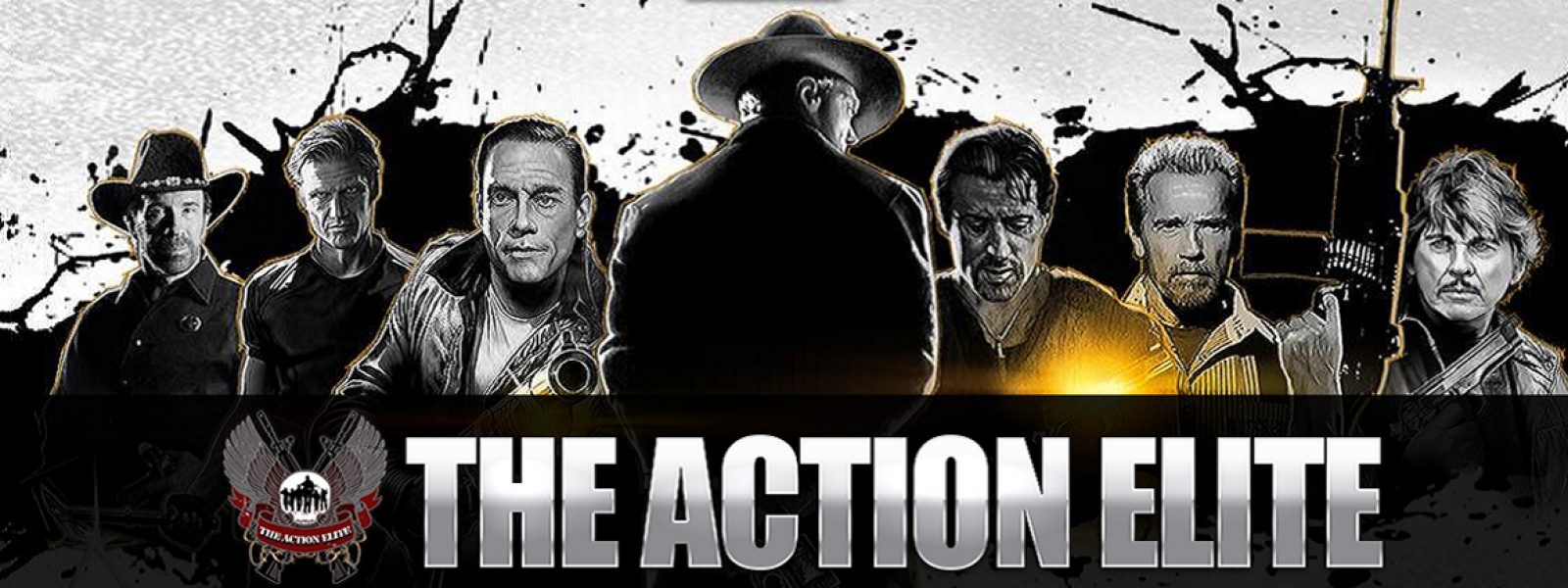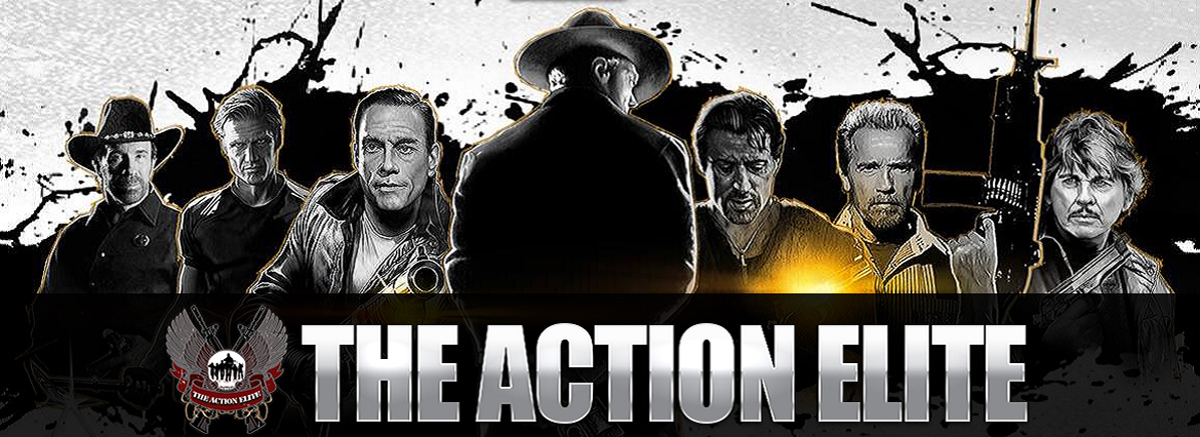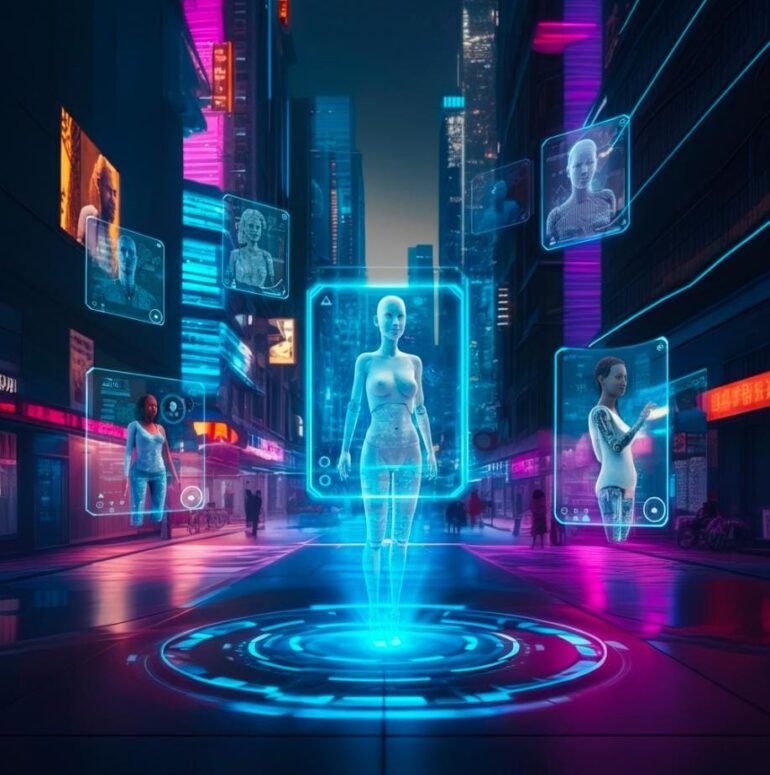The influencer marketing space is undergoing a seismic shift. Enter virtual humans, the AI-powered avatars redefining how brands connect with audiences. These “virtual influencers” are reshaping everything from brand partnerships to audience engagement, and they’re doing so with exceptional precision.
This blog dives into the rise of virtual influencers, explores their benefits and challenges, and uncovers the possibilities they bring to the future of influencer marketing. Let’s get started.
What Are Virtual Influencers in Marketing?
Virtual influencers are computer-generated avatars that simulate the look, personality, and behaviors of human influencers. These AI-powered creations often have hyper-realistic features, distinct personas, and even social media profiles where they interact with followers just like any human influencer would.
Unlike traditional influencers, virtual humans are entirely controlled by brands, advertisers, or creative studios. Think of them as the perfect canvas, engineered to embody specific brand values while eliminating the unpredictabilities of real-life personalities.
Brands like DeepBrain AI’s AI Studios are taking this to the next level by streamlining the creation and management of incredibly lifelike virtual humans tailored for marketing purposes. With advancements in AI, virtual influencers are no longer a niche experiment but a fast-growing norm.
The Rise of Virtual Influencers
Virtual influencers are more than just a passing trend. Their rise is backed by data and cultural forces reshaping how audiences engage with digital-first content.
- Investment Surge
The global influencer marketing industry was valued at $16.4 billion in 2022, and virtual influencers are expected to claim a significant share of this market in the coming years.
- Audience Reach
Virtual influencers like Lil Miquela, who boasts 3+ million Instagram followers, and Shudu Gram, with stunning hyper-realistic visuals, have built enormous fan bases that rival top human influencers. Younger audiences, especially Gen Z, are particularly receptive to immersive digital content.
- Versatility of Technology
A key feature driving their rise is adaptability. Platforms like AI Studios by DeepBrain AI make it easier than ever to create and deploy AI influencers tailored to any brand’s messaging and marketing goals.
Why Use Virtual Influencers?
The benefits of utilizing virtual influencers are transforming marketing and consumer-brand relationships. Here’s why virtual humans are so effective:
1. Enhanced Control and Customization
With virtual influencers, there’s no risk of off-brand behavior or public relations scandals. Every aspect, from tone of voice to wardrobe, is curated to align with a brand’s story and values. AI tools like AI Studios make fine-tuning these details seamless.
2. Cost-Effective in the Long Run
Unlike human influencers who might demand six-figure deals and require renewal fees, virtual influencers are a one-time investment with ongoing utility.
3. Endless Creativity
Virtual characters can do things human influencers simply cannot. Imagine a virtual influencer showcasing a new sports car while skiing down the Alps or appearing at simultaneous events around the globe.
4. Always Available
Time zones, travel restrictions, or physical constraints? These simply don’t apply to AI-powered influencers, allowing brands to operate efficiently.
5. Safe for Sensitive Campaign Topics
Virtual influencers can help brands explore taboo or experimental themes without risking a backlash, thanks to their controllability and narrative refinement.
Challenges and Considerations
While virtual influencers boast many advantages, there are challenges brands should consider when integrating them into campaigns:
- Authenticity Concerns
Critics note that virtual characters can sometimes lack the relatability and “human touch” that real influencers bring. Achieving authentic audience engagement becomes an area demanding careful strategy.
- Ethical Questions
The use of virtual humans opens a debate on transparency. Should audiences be made explicitly aware that they’re engaging with AI rather than a human?
- Initial Investment
Producing high-quality virtual influencers requires advanced technical expertise, which can entail high upfront costs. However, platforms like AI Studios simplify this process significantly, making it accessible to more businesses.
- Saturated Market Signals
With more brands pivoting toward virtual influencers, maintaining a competitive and unique edge will require innovation and creativity.
Real-World Success Stories
Several virtual humans have already taken influencer marketing by storm, partnering with global brands in campaigns that highlight their unique value:
- Lil Miquela
A digital it-girl who has collaborated with Prada, Dior, and Calvin Klein, Lil Miquela merges couture fashion with cutting-edge technology.
- Shudu Gram
Known as the world’s first digital supermodel, Shudu has lent her hyper-realistic beauty to luxury campaigns for Balmain and highlighted diversity with a futuristic twist.
- Imma
A Japanese virtual influencer blending minimalism and contemporary tech vibes, Imma has partnered with top-tier brands like IKEA Japan and Porsche.
- Noonoouri
Delicate yet impactful, Noonoouri frequently uses her platform to advocate for sustainability in fashion, working with brands like Valentino and Versace.
These success stories underscore the limitless potential for virtual humans in connecting with diverse audiences.
Looking Ahead to the Future of Virtual Influencers
The future of virtual humans in marketing lies in a trifecta of opportunities:
- Bridging the Metaverse and AI
With the metaverse gaining momentum, virtual influencers are the bridge that connects this digital frontier to mainstream audiences. Integrated AI platforms like AI Studios are paving the way for hyper-realistic, interactive influencers in virtual spaces.
- Customization at Scale
AI-driven solutions will soon allow brands to create multiple virtual influencers tailored to niche segments, offering laser-focused and personalized marketing campaigns.
- Improved Engagement Metrics
Virtual humans will outperform traditional influencers in engagement metrics, with AI analytics predicting the most effective strategies for specific scenarios.
- Ethical Stakeholder Collaboration
By collaborating with ethical designers and communities, virtual influencers can redefine public trust while breaking new ground in marketing’s creative frontier.
How to Get Started with Virtual Influencers
The virtual influencer revolution is here. For brands ready to integrate this AI innovation into their marketing strategy, tools like AI Studios by DeepBrain AI make the shift simpler and more effective than ever.
By creating a balance of relatability and innovation, virtual influencers represent the future of brand-audience relationships. Why not lead the revolution rather than follow it?
Explore the potential of virtual humans today. Sign up for AI Studios by DeepBrain AI and see how your brand can harness the power of AI-driven influencer marketing






